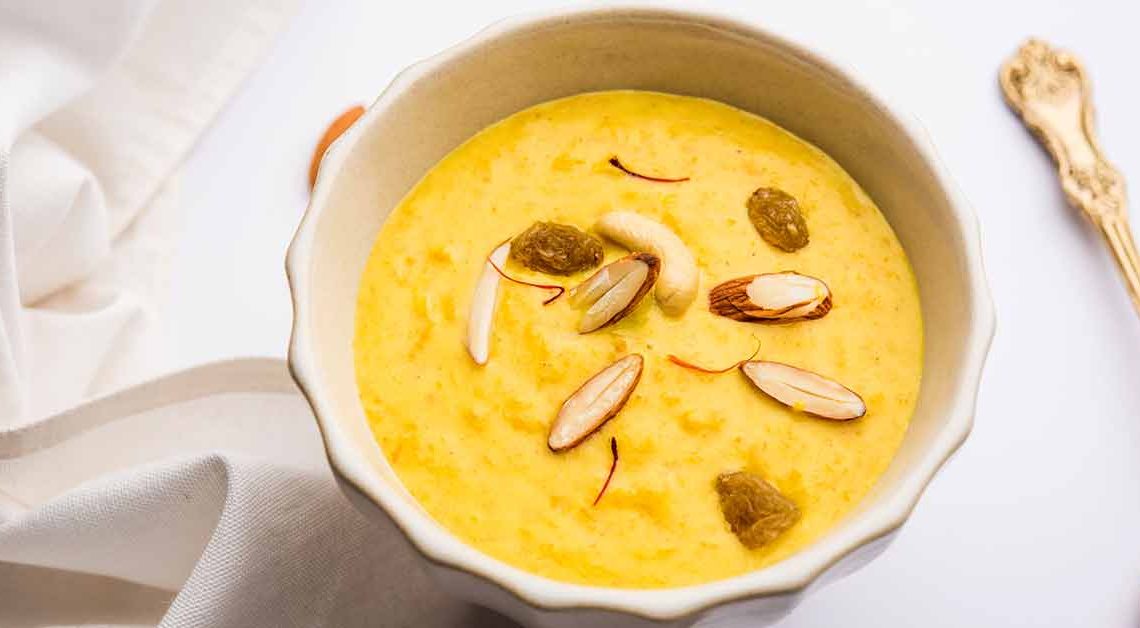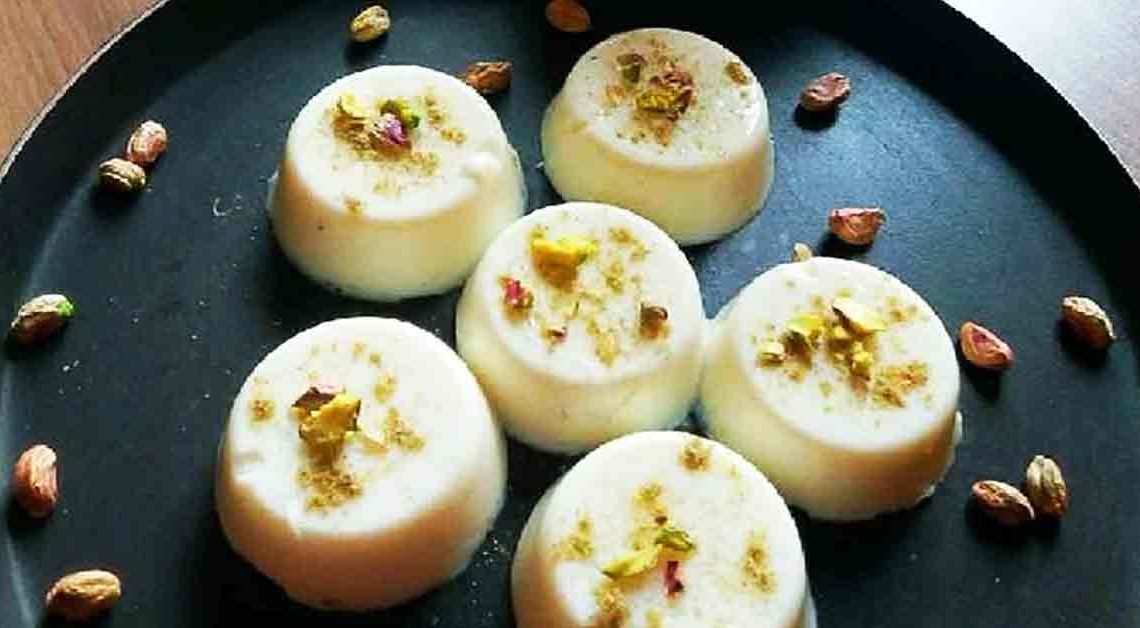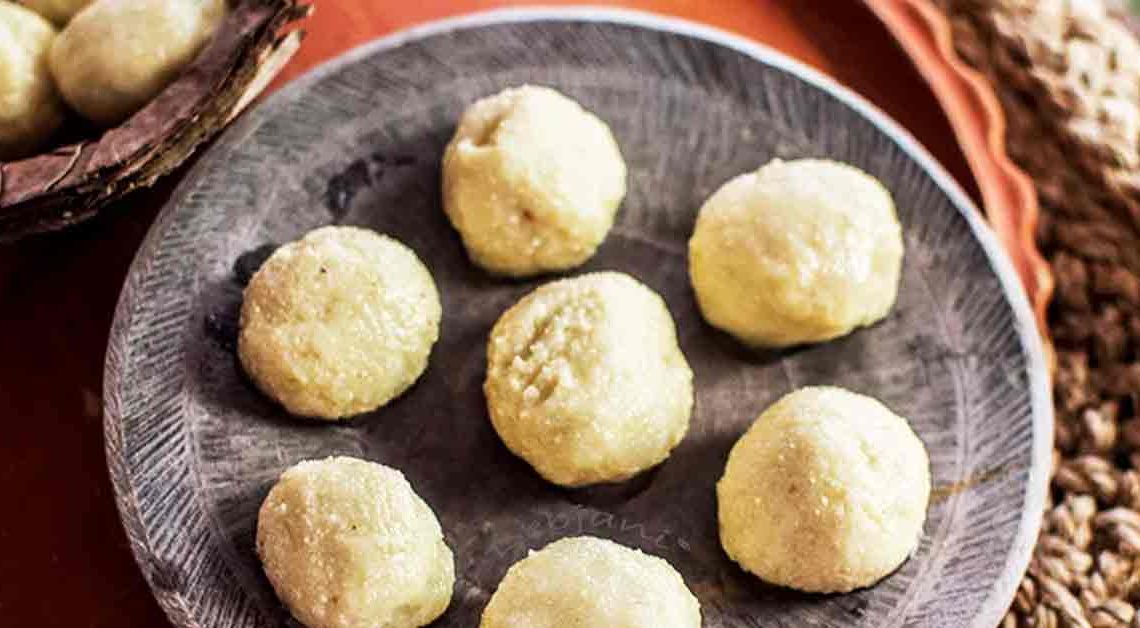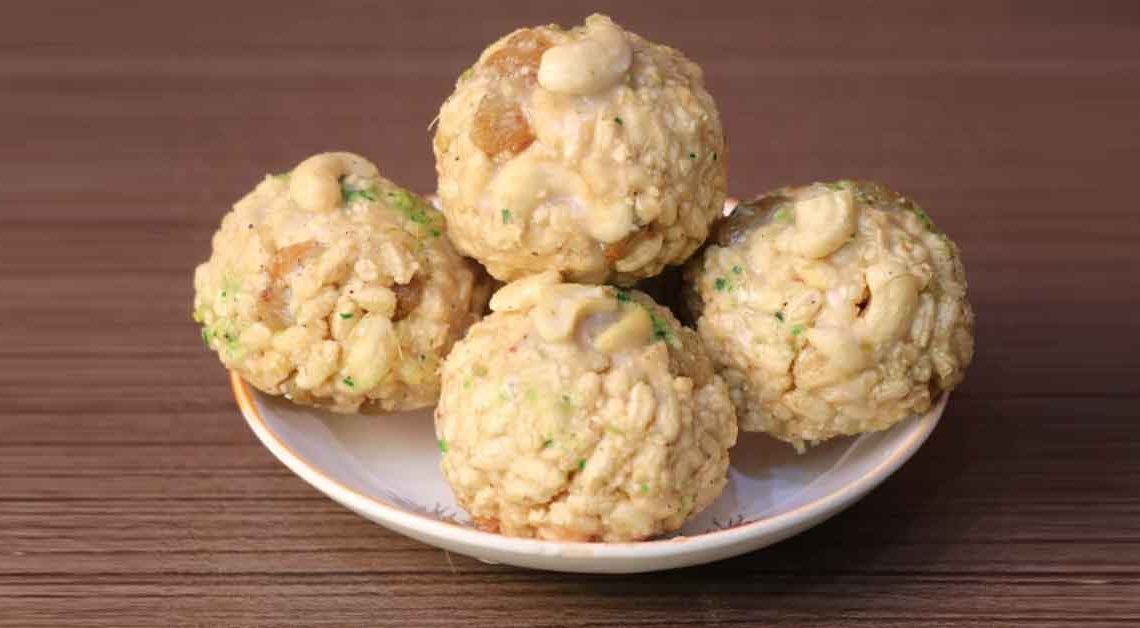A Creamy Twist on Indian Tradition: Pumpkin Kheer

Welcome to Mithainama where culinary traditions meet creative innovation – a world where we celebrate the warm embrace of autumn with a delightful bowl of Pumpkin Kheer.
As the air gets crisper and leaves paint the town in shades of amber, we delve into the heart of this velvety delight. Picture the velvety texture of condensed milk melding with the earthy notes of roasted pumpkin, all spiced up with a symphony of cinnamon, cardamom, and nutmeg. This is the essence of Pumpkin Kheer – a dessert that encapsulates the essence of autumn in every spoonful.
But wait, there’s more! Our blog will not only guide you through the intricacies of creating this mouthwatering treat but also explore the cultural significance of kheer in India and how it beautifully blends with the spirit of the season.
Welcome to the world of Pumpkin Kheer – where tradition meets innovation, and every bite is a warm hug from autumn itself.
Origin of Pumpkin Kheer
Pumpkin Kheer, a delightful Indian dessert, has its origins deeply rooted in the rich culinary traditions of India. Kheer, also known as payasam in South India or firni in some regions, is a traditional rice pudding that has been enjoyed for centuries. The use of various ingredients, including rice, vermicelli, and fruits, has led to the creation of numerous kheer variations across the country.
The use of pumpkin in kheer likely evolved as a seasonal adaptation. India has a diverse range of culinary traditions that take full advantage of seasonal produce. Pumpkins are readily available during the autumn and winter months, making them a natural choice for creating new dishes during this time.
Pumpkin Kheer not only celebrates the seasonality of ingredients but also reflects the ingenuity of Indian cooks in incorporating local produce into their cuisine. Over time, this delicious dessert has become a beloved part of Indian culinary heritage, enjoyed during festivals, celebrations, and as a comforting treat on cool autumn evenings. Its origin is a testament to the diversity and creativity of Indian cuisine.
History of Pumpkin Kheer
The history can be traced back to the culinary traditions of India, which have a rich and diverse history dating back thousands of years. Kheer, a general term for rice pudding or sweet milk-based desserts, has been a staple in Indian cuisine for centuries. The use of various ingredients and flavors in kheer recipes has led to the development of numerous regional and seasonal variations.
The incorporation of pumpkin into kheer likely arose as a seasonal adaptation, with the use of available ingredients during the autumn and winter months. Pumpkins are native to the Americas but were introduced to India through trade and exploration. Over time, they became a popular ingredient in Indian cooking.
While the exact historical origins are not documented, it is safe to assume that it evolved organically as Indian cooks experimented with seasonal ingredients. Over the centuries, this sweet and comforting dessert has become an integral part of Indian cuisine, enjoyed during festivals, special occasions, and as a delicious way to celebrate the flavors of autumn.
Cultural Significance
Pumpkin Kheer holds cultural significance in India, as it is not just a dessert but a symbol of the country’s rich and diverse culinary heritage. Here are some aspects of its cultural significance:
Festive Celebrations: It is often prepared and savored during various Indian festivals and special occasions. It is a part of celebratory feasts during festivals like Diwali, Navratri, and Holi. Its preparation and consumption bring a sense of togetherness and joy to these festive gatherings.
Seasonal Connection: As pumpkins are typically in season during the autumn and winter months, Pumpkin Kheer reflects the Indian tradition of using seasonal ingredients in cooking. This connection to the seasons adds depth to the cultural significance of the dish.
Regional Variations: India’s culinary landscape is incredibly diverse, and different regions have their own variations of kheer, like sabudana kheer. These regional differences highlight the cultural diversity within the country, with each region putting its unique spin on the dessert, incorporating local flavors and preferences.
Where is Pumpkin Kheer Famous?
Pumpkin Kheer is famous and enjoyed primarily in India, where it has a significant presence in the culinary landscape. Within India, it is prepared and savored in various regions and states, each adding its own twist to the recipe. Some regions where it is particularly popular include:
Maharashtra: In Maharashtra, especially during the festival of Diwali, Pumpkin Kheer, known as “Dudhi Halwa,” is prepared with grated pumpkin, milk, and aromatic spices.
Gujarat: In Gujarat, it is known as “Kaddu ki Kheer.” It is prepared during festivals and family gatherings, often featuring the regional influence of Gujarati cuisine.
Rajasthan: Rajasthan, known for its diverse and flavorful cuisine, also has its version of kheer. It’s prepared with a touch of traditional Rajasthani spices and culinary techniques.
Interesting Facts and Trivia
Pumpkin Kheer is a fascinating dessert with a rich history and cultural significance. Here are some interesting facts and trivia related to Pumpkin Kheer:
- One of the distinctive features is its seasonal availability. It’s typically prepared during the autumn and winter months when pumpkins are in season, making it a comforting treat to enjoy during cooler weather.
- Depending on the variety of pumpkin used, it can have different hues, ranging from deep orange to pale yellow. This adds a visually appealing aspect to the dessert.
- Pumpkins are rich in nutrients like vitamins A and C, fiber, and antioxidants. When incorporated into Pumpkin Kheer, it not only adds flavor but also a dose of nutritional goodness.
- Just like other Indian desserts, it comes in various regional variations. For instance, in South India, it may include the use of jaggery (a traditional Indian sweetener) instead of sugar for a unique flavor.
- In some modern culinary experiments, chefs have incorporated Western flavors into kheer, such as adding a hint of vanilla or a drizzle of maple syrup to create a fusion dessert that combines Indian and Western tastes.
Did You Know?
Pumpkin Kheer not only tantalizes your taste buds but also offers a host of health benefits. Here’s why you might want to savor this delightful dessert:
- Pumpkins are a fantastic source of vitamin A, which plays a vital role in supporting a robust immune system. A serving can provide a significant portion of your daily vitamin A requirement.
- The potassium content in pumpkins helps regulate blood pressure, contributing to a healthier heart. Pumpkin Kheer, with its creamy base, offers a tasty way to incorporate potassium into your diet.
- The pleasant aroma and comforting flavors can provide a mood-lifting and stress-relieving experience, making it an ideal dessert to enjoy after a long day.
- The antioxidants in pumpkin can contribute to healthier skin by protecting it from damage caused by free radicals. A serving might just be your secret to a radiant complexion.
- Surprisingly, this can aid in weight management. Its fiber content helps you feel full, reducing the temptation for excessive snacking.







